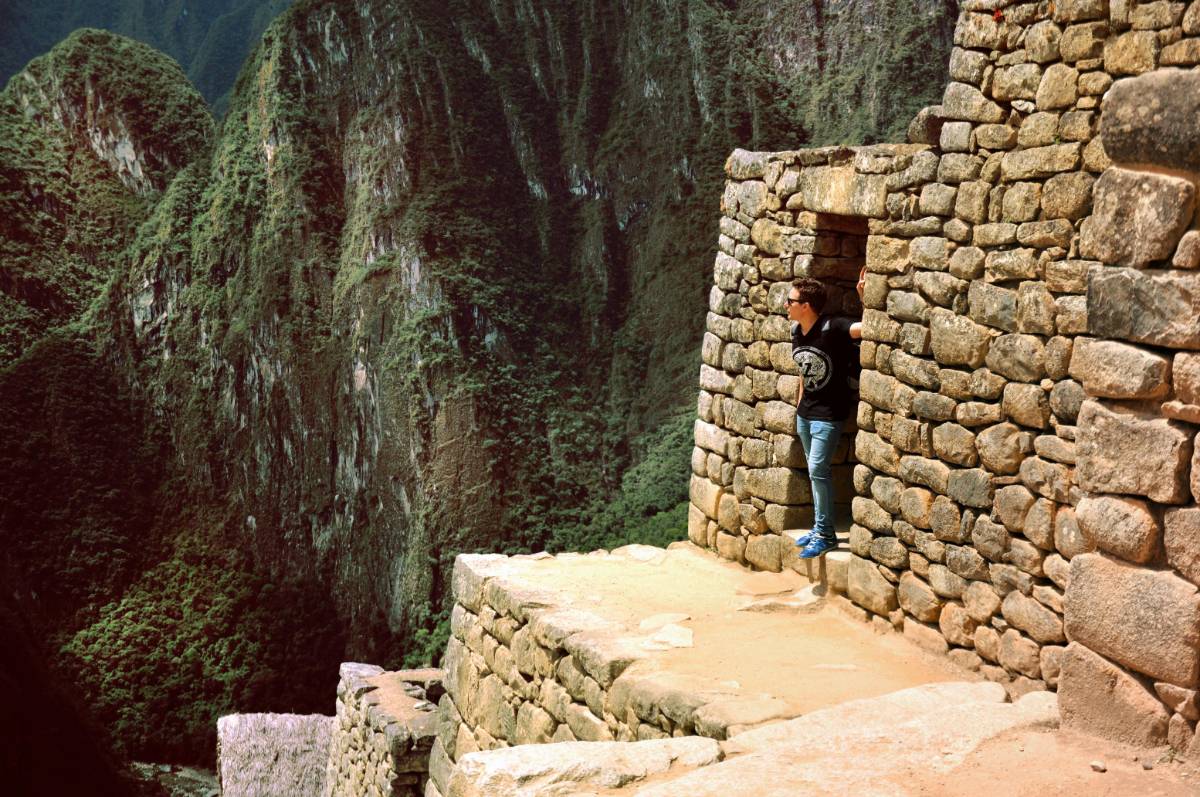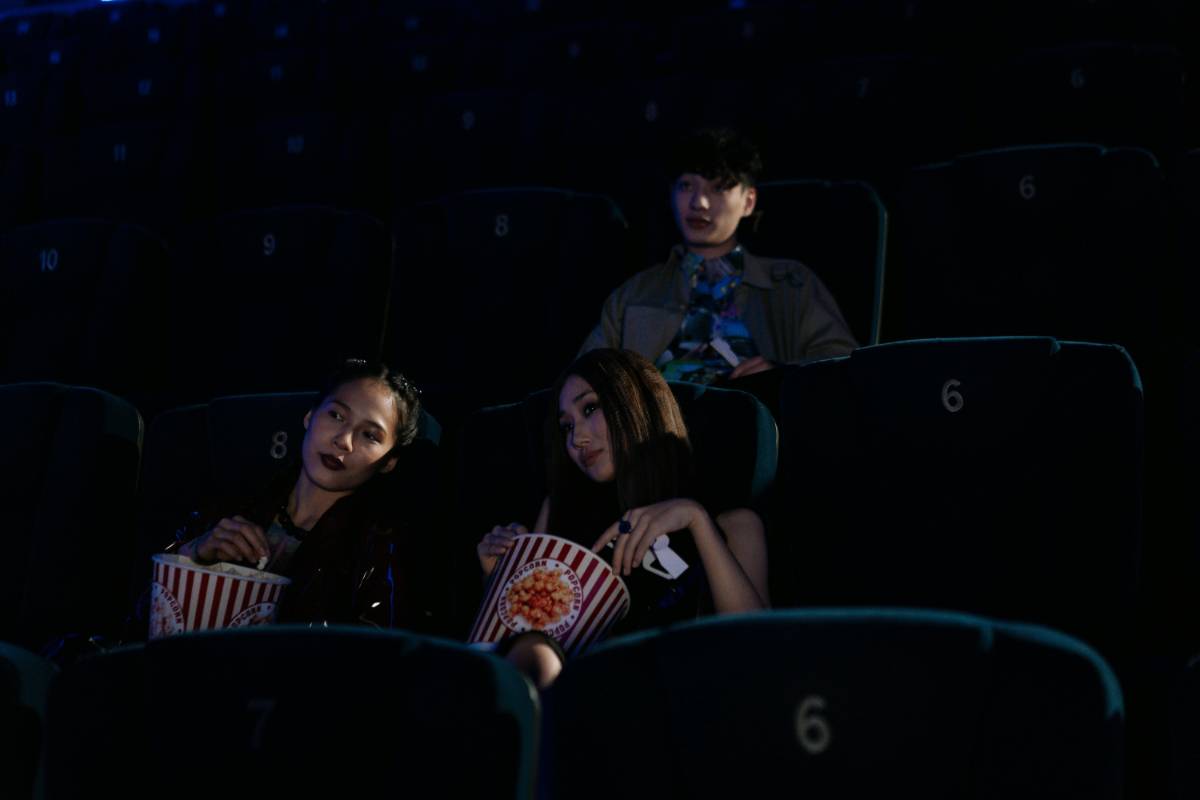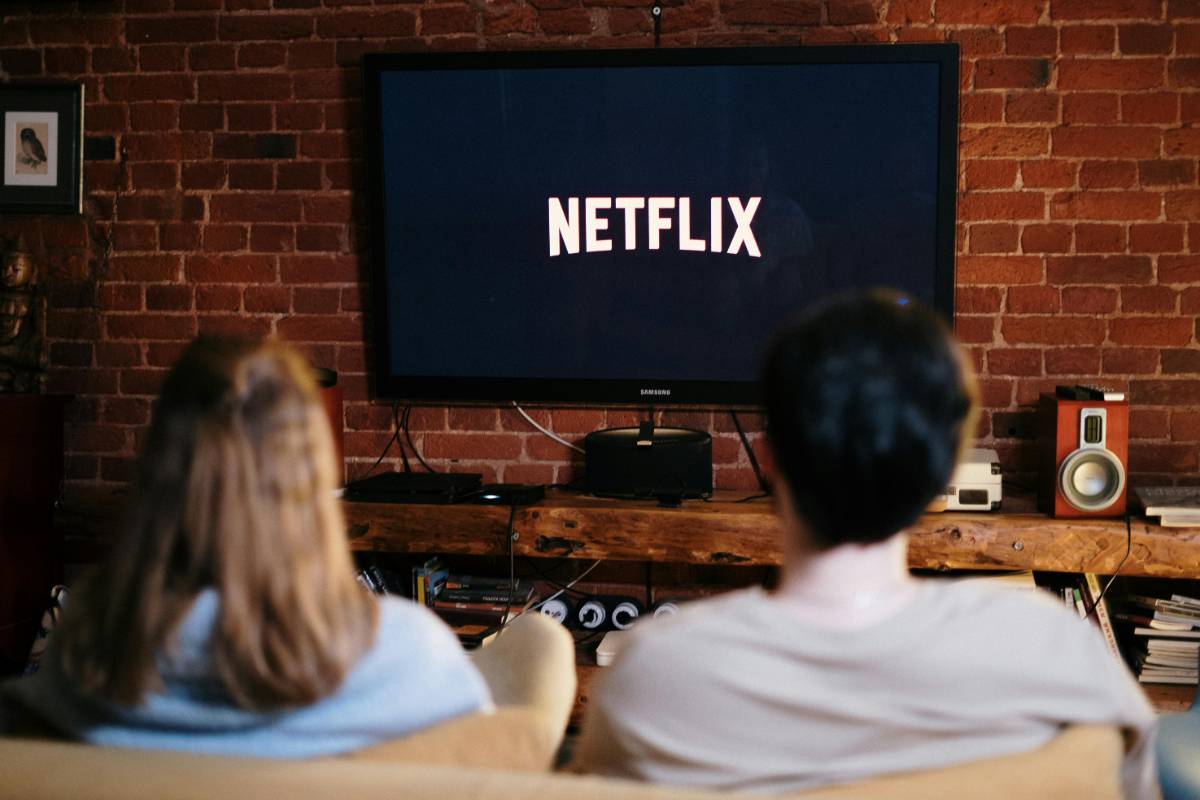Hollywood’s Impact on Animation and Its Global Influence
05 Oct 2025
Read Time: 7 min read

Hollywood has long been a driving force in the world of animation, shaping the industry through its groundbreaking films, technology, and storytelling techniques. From the earliest days of animated shorts to the development of 3D animation, Hollywood has been at the forefront of innovation, influencing both the entertainment world and global culture. In this article, we explore Hollywood’s significant impact on the animation industry, how it has transformed the way animated stories are told, and its lasting influence on animation worldwide.
 The Early Days: Pioneering Animated Films
The Early Days: Pioneering Animated FilmsThe origins of Hollywood's impact on animation can be traced back to the early 20th century, when studios like Disney began to revolutionize the medium. Walt Disney's creation of "Steamboat Willie" in 1928 marked a significant milestone in animation history, introducing synchronized sound to animated films. This innovation not only changed the way animated films were made but also helped elevate animation as a respected art form within the film industry.
As Disney continued to break new ground, animated films began to gain mainstream popularity, with classics like "Snow White and the Seven Dwarfs" (1937) becoming some of the first feature-length animated films to capture the hearts of audiences around the world. This marked the beginning of Hollywood’s influence on animation, setting the stage for future advancements in both technique and storytelling.
The introduction of Technicolor in the 1930s further enhanced the visual impact of animated films, with Disney’s "Fantasia" (1940) pushing the boundaries of animation by blending beautiful animation with classical music. These early innovations laid the groundwork for the sophisticated and emotionally resonant animated films that would follow.
The Rise of 3D Animation: A New Era of InnovationIn the late 20th century, Hollywood animation underwent a massive transformation with the introduction of computer-generated imagery (CGI). The groundbreaking success of "Toy Story" (1995), produced by Pixar Animation Studios and distributed by Disney, marked the dawn of the 3D animation era. This film demonstrated the possibilities of CGI, providing a more dynamic, fluid animation style compared to traditional hand-drawn techniques.
Pixar's "Toy Story" was followed by a series of successful animated films, such as "Finding Nemo," "The Incredibles," and "Monsters, Inc.," which continued to push the boundaries of CGI and visual storytelling. Pixar’s technological advancements, along with the rise of other animation studios like DreamWorks and Blue Sky Studios, helped solidify Hollywood’s role as a leader in the animation industry.
One of the key features of 3D animation is its ability to create photorealistic visuals, allowing for deeper immersion and emotional connection with the audience. Films like "Avatar" (2009), directed by James Cameron, used cutting-edge motion capture and CGI to bring fantastical worlds to life in stunning detail, setting a new standard for visual effects in Hollywood films.
Hollywood’s impact on animation has not been limited to the United States—it has had a profound influence on global animation as well. As Hollywood animated films gained international acclaim, they introduced audiences around the world to the possibilities of animation, inspiring a new generation of animators and filmmakers to explore the medium.
Pixar's films, in particular, have become a cultural touchstone, beloved by audiences worldwide. Their unique blend of humor, heart, and stunning visuals has resonated with people from diverse cultural backgrounds, making them universally appealing. Hollywood studios have also embraced international talent, with animators from around the world contributing to major Hollywood productions and collaborating on cross-cultural animated films.
This global influence has also led to the rise of international animated films that blend Western animation techniques with local storytelling traditions. For example, Japan’s Studio Ghibli, while rooted in traditional animation, has embraced many of the storytelling techniques popularized by Hollywood, creating films like "Spirited Away" that blend Western influences with Eastern culture and mythology. Ghibli’s international success has paved the way for other non-Hollywood studios to achieve recognition on the global stage, further cementing the influence of Hollywood’s animation culture worldwide.

💡 Discover More from Hollywood
International film festivals have become a major platform for showcasing animated films, many of which are influenced by Hollywood’s animation techniques. Festivals such as the Annecy International Animated Film Festival in France, the Ottawa International Animation Festival in Canada, and the Hiroshima International Animation Festival in Japan have helped bring global attention to animated films that push the boundaries of storytelling and visual design.
Hollywood’s involvement in these festivals has further solidified its global dominance in animation. Major studios like Disney, Pixar, and DreamWorks regularly showcase their latest animated films at these events, which not only helps elevate the profile of Hollywood animation but also influences the animation styles and storytelling approaches of filmmakers from around the world.
In addition to international recognition, Hollywood animation has also found a home in global box offices. The success of Hollywood animated films in markets such as China, Europe, and Latin America has proven the medium’s universal appeal. For instance, "Frozen" (2013) became a worldwide cultural phenomenon, with its songs and characters reaching audiences in every corner of the globe. These films have not only made Hollywood animation synonymous with quality but have also created a lasting global presence for animated storytelling.
The Future of Animation: Hollywood’s Continued InnovationAs technology continues to evolve, Hollywood is poised to push the boundaries of animation even further. The rise of virtual reality (VR) and augmented reality (AR) presents exciting new opportunities for animated films to become even more immersive and interactive. These technologies allow audiences to step into the worlds of their favorite animated films, experiencing them in ways never before possible.
Additionally, the use of artificial intelligence (AI) and machine learning is changing the way animators approach the creation of characters and environments. AI-driven animation tools are able to automate certain aspects of the animation process, reducing production times and costs while still achieving high-quality results. As these technologies continue to develop, they may enable filmmakers to create even more detailed and intricate animated worlds that push the boundaries of what’s possible in cinema.
The continued growth of streaming platforms such as Netflix, Amazon Prime, and Disney+ has also created new opportunities for animated films and series. With the demand for original content at an all-time high, Hollywood animation studios are increasingly creating films and series specifically for streaming audiences, reaching a broader and more diverse viewership. This shift has expanded the reach of animated content even further, making animation an essential part of the entertainment landscape.
ConclusionHollywood has played a pivotal role in shaping the world of animation, from the pioneering days of Disney’s early animated classics to the cutting-edge CGI and 3D animation of today. Its influence has not only impacted the techniques and storytelling methods of animation but has also inspired a global animation movement that has shaped culture worldwide. With continued technological advancements and a growing demand for animated content across multiple platforms, Hollywood’s legacy in animation is set to endure, ensuring that the art of animation will remain at the forefront of global entertainment for years to come.
Stay Informed
Get the latest and most accurate news delivered straight to your inbox. Subscribe now and never miss an update.

Jyoti Prakash
An insightful voice in the industry, crafting content that informs, inspires, and connects with readers.
View all articles →Continue Reading

Travel
How to Make the Most of Business Class Benefits on Your Next Corporate Flight
By David Thompson
02 Oct 2025

Travel
How to Make the Most of Your Corporate Travel Perks – Expert Tips Inside!
By James Carter
31 Aug 2025

Travel
Exploring Indigenous Cultures: Destinations and Responsible Tourism Tips
By Rahul Sharma
20 Sep 2025

Travel
Why Your Corporate Travel Policy May Be Costing You More Than You Think
By David Thompson
18 Sep 2025

Travel
How to Make the Most of Your Airline Miles – Tips from Travel Experts
By Olivia Mitchell
23 Sep 2025












